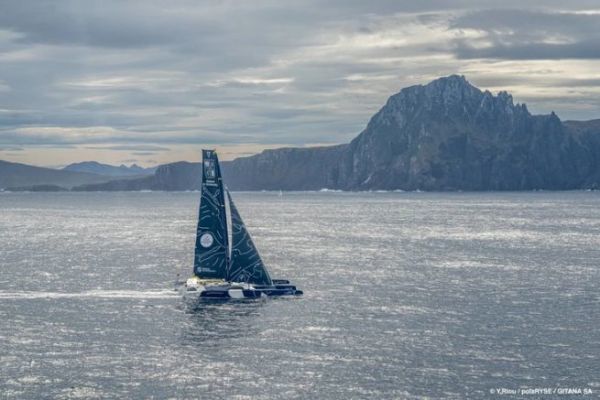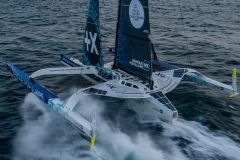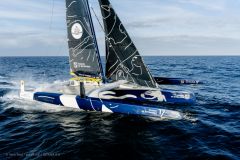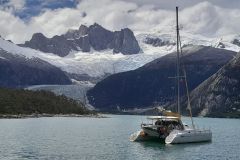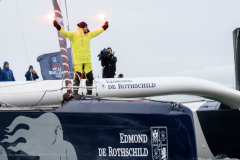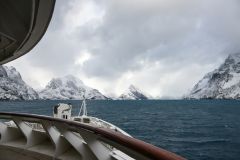Immortalize the first flying trimaran at Cape Horn
Offshore racing enthusiasts had been waiting for it for years. A large, fully flying Ultim trimaran finally rounded Cape Horn on February 6, 2024. Due to the lack of success in the Jules Verne Trophy attempts and the postponement of the Ultim single-handed round-the-world race, the image had been a long time coming. For posterity's sake, it had to be immortalized at all costs, at least that's what the Gitana team thought, sending its in-house photographer, Yann Riou, to Patagonia for a shot he's famous for.
Environmental discourse and practice
But therein lies the rub. Doesn't going from Lorient to the south of Argentina, and then embarking, at best in an existing patrol and at worst in an aircraft specially chartered for the occasion, seem like overkill? Without questioning Yann Riou's talent, isn't there an Argentinian photographer capable of producing a quality shot? Even if he was able to immortalize Pen Duick VI in front of the rock, the means may seem disproportionate.
On February 6, 2024, the Vendée Globe organizers held a conference on their environmental commitments at UNESCO headquarters. 10 pillars unveiled and while some of them may be too obvious to highlight, they do have their merits. Public and crew transport were singled out as responsible for most of the impact of single-handed round-the-world racing, putting the boats' transport perhaps a little too easily in the background. While the IMOCA and Ultim classes are distinct and each chooses its own rules, the issues remain the same. Wouldn't transporting the photographer already be a lever for reducing impact?
